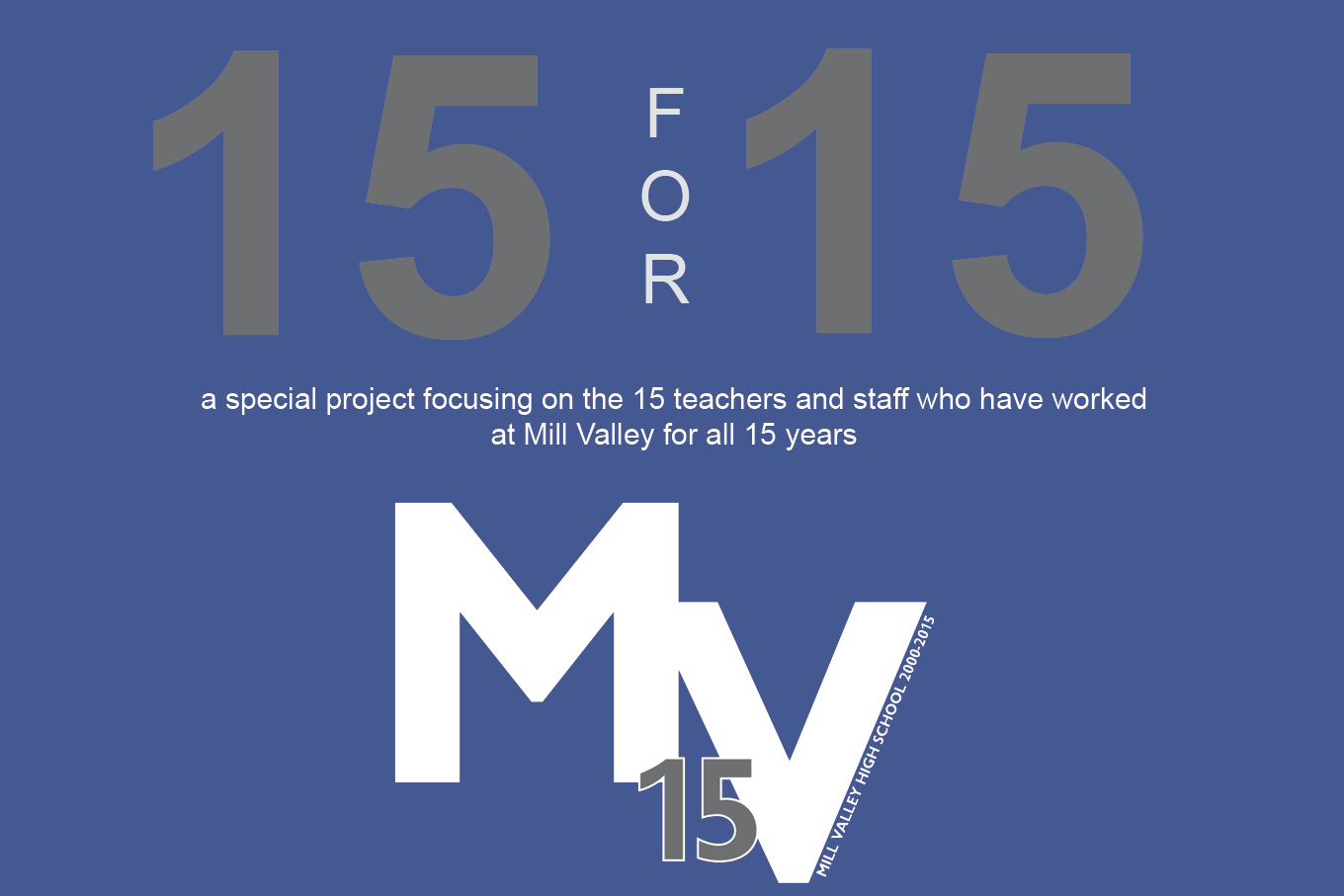Communication arts teacher adapts to department changes
Communication arts teacher Sara Sedgwick has witnessed many changes to the communication arts department in her teaching career.
February 11, 2015

Freshman and sophmore communication arts teacher Sara Sedgwick feels it is important to relate the present to the past literature on Monday, Jan. 9.
Many things have changed in the communication arts department — the curriculum, the state assessments, the teachers. One thing that has not changed is communication arts teacher Sara Sedgwick teaching style.
“The [communication arts] department has had to change [its] curriculum quite a bit,” Sedgwick said. “[It’s] not so much what we teach but how we teach it with the changing of the state assessment, and so, since I’ve been here the whole time, I have been here every time that we changed how we teach things.”
Sedgwick has been teaching for 16 years. She taught at Atchison Middle School for one year, before Mill Valley. The change from middle to high school was not very difficult for Sedgwick due to the similar nature of eighth and ninth graders.
“I taught 8th graders and then I taught mostly freshman so there is not that much of a difference between an 8th grader and a freshman,” Sedgwick said
While students’ personalities did not differ, Sedgwick has had to adapt the way she teaches to fit the technologically-inclined world that students have now.
“When we first opened, students didn’t really have cell phones, especially like they do now,” Sedgwick said. “Just trying to get them interested in things is a little bit harder because it is so easy for them to whip out their phone and want to mess around on their phones instead of paying attention to you.”
Over the years, Sedgwick has picked up new approach to help interest her students in content and to involve everyone.
“[The communication arts department has] learned different strategies throughout these 15 years, like having students work in different groups or different ways to make sure all students are giving to the group or putting in their parts,” Sedgwick said. “I feel like I do a better job of making sure all students are involved more of the time as opposed to always calling on the same students to do things.”
One of Sedgwick’s teaching strategies, which she learned from the new curriculum, is to help relate the topics to the modern world so students can relate themes from the modern world to fiction novels that can be over 500 years old. The change in curriculum has helped her relate fiction and non fiction.
The new curriculum presents challenges to the communication arts department but Sedgwick works with fellow communication arts teacher Ashley Agre to figure out how the students will benefit the most from the content.
“She makes English fun and a lot of the lessons that she has shown me that she does, she lets me borrow [and] she has helped me create,” Agre said. “They are very rigorous lessons but the students don’t always realize how difficult they really are because they are enjoying them.”
Sedgwick enjoys working with fellow teachers in the communication arts department to create the best learning environment for the students.
“The [communication arts department] does a good job of helping everybody out,” Sedgwick said. “We work really well together as a department in trying to make the units that we teach better and more interesting for the kids.”
